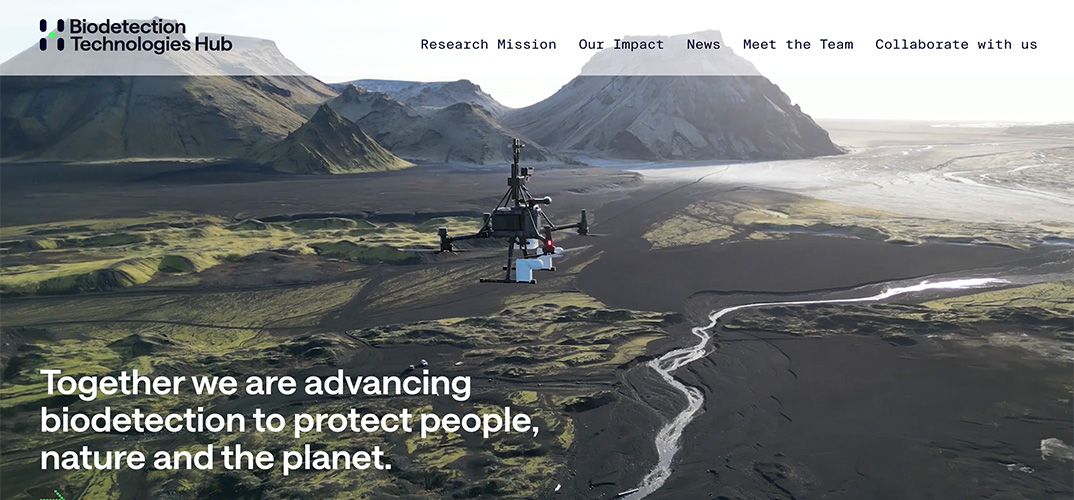New website launched to support groundbreaking Herts biodetection research

A new website for the University of Hertfordshire-led, Biodetection Technologies Hub has launched today to support crucial and cutting-edge work being conducted by the expert collaboration.
Led by the University’s new Wolfson Centre for Research in Biodetection and Instrumentation Research, the Biodetection Technologies Hub brings together expertise from leading universities – Cranfield, Leeds and Manchester - plus government, the wider public sector and industry to develop next-generation technologies for detecting airborne biological particles. Their mission is to push the boundaries of biodetection, protecting people, ecosystems, and the planet from emerging risks.
The new Biodetection Technologies Hub website will serve as a central hub for communicating the impact, progress and updates of the team’s research, as well as fostering collaboration with government, industry and global research partners.
Funded through a £13.5 million research grant from Research England’s Expanding Excellence in England Fund (E3) - the largest research grant ever awarded to the University of Hertfordshire – the Hub works to address one of the most critical gaps in global health and environmental security: real-time detection of airborne biological threats, known as bioaerosols. These microscopic particles, including bacteria, viruses, fungi, and toxins, can spread disease, impact agriculture and food security, threaten national safety, and even influence climate change.
Despite their significance, real-time detection of bioaerosols currently remains underdeveloped, with existing technologies rarely deployed at the scale needed, a vulnerability recently exposed during the COVID-19 pandemic. The Biodetection Technologies Hub is working to close that gap.
Professor Ian Johnston, Professor of Microfluidics and Biodetection, Director of the Biodetection Technologies Hub and Director of the Wolfson Centre for Biodetection and Instrumentation Research at the University of Hertfordshire, explained:
“The Biodetection Technologies Hub is developing cutting-edge detection systems that can rapidly identify and quantify bioaerosols across multiple environments, from hospitals and military settings to farms and high in the Earth’s atmosphere. The new Biodetection Technologies Hub website is then a gateway to the transformative work we are doing in biodetection, acting as a portal for engaging with the wider scientific community, stakeholders, and the public to ensure that the Hub’s cutting-edge research is shared, understood and implemented to maximum effect.
“Airborne pathogens pose a significant, yet often invisible, threat to our health and environment. Through this Hub, and now with the support of our online presence, we are accelerating the development of technologies that will enable near-real-time biodetection of airborne threats to support faster responses. Our goal is to create a safer, healthier and more sustainable world, and this is a major step toward that future."
The Biodetection Technologies Hub actively collaborates with external partners around the world to co-develop innovative solutions, share knowledge, and accelerate the uptake and application of new technologies. For more details on the Biodetection Technologies Hub’s work, or to enquire about potential collaborations, visit the new website or contact connect@biodetectionhub.herts.ac.uk.